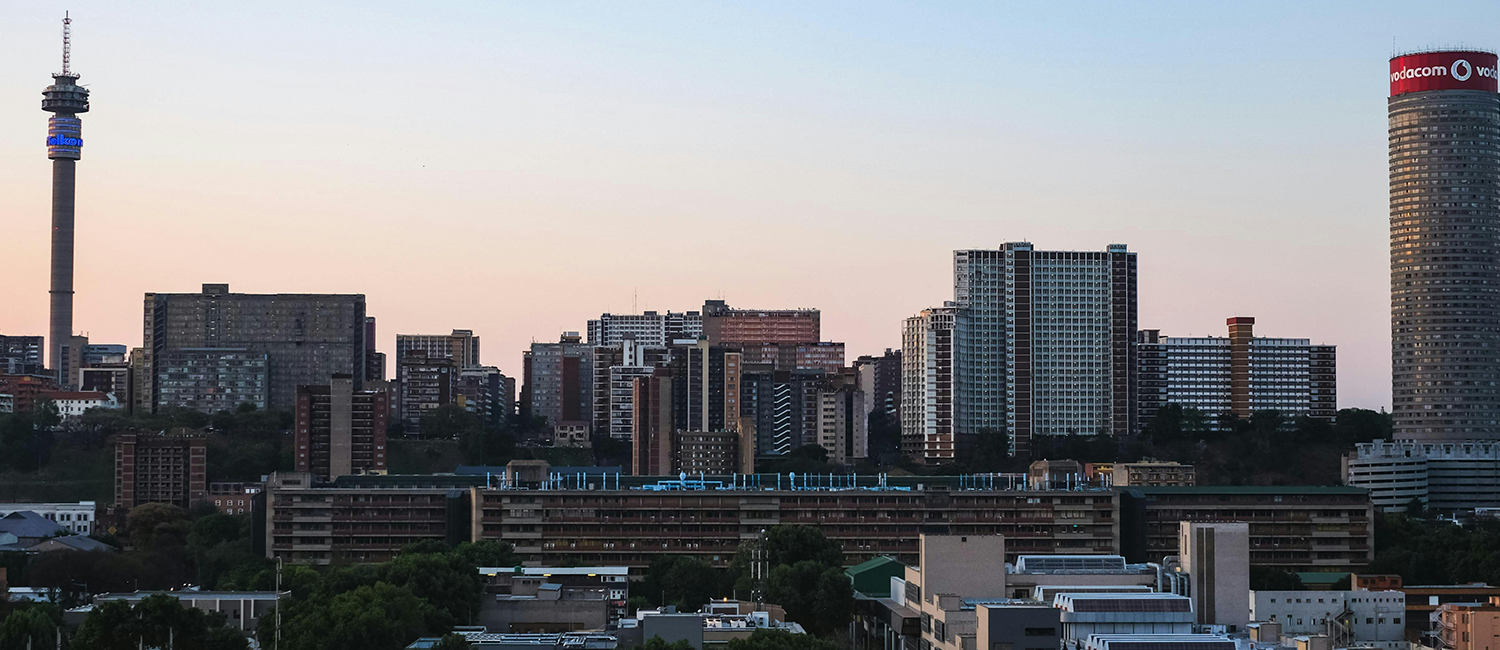WORK on upgrading Ingonyama Road in Diepsloot is gathering pace, with hopes of the project being completed by mid-July.
According to a Johannesburg Development Agency (JDA) development manager, Nokuthula Sibiya, the road will improve mobility in the township.
“The completion of the project will create a safe and secure urban settlement which will attract and encourage sustainable development,” Sibiya points out.
Ingonyama Road is a major entry into and route through Diepsloot. The road has been rebuilt many times, after poor construction caused it to collapse repeatedly.
Work on the road started in 2010, after the City secured a loan of more than R60-million from the National Treasury’s Neighbourhood Partnership Grant, for Diepsloot and its transportation department.
Improvements being made to the 2km stretch include paving and kerbing along the pavement, street lightening, street furniture and landscaping.
Diepsloot, which is located on the northern edge of the city, has 66,2 kilometres of road that have not yet been tarred. The township was established in 1995 by what was then called the Rand Provincial Administration as a relocation area for people evicted from Honeydew, Zevenfontein and Alexandra.
Sibiya says the project will provide guidelines that will ensure effective transport and land use integration. “The JDA intends to establish the area as a socially, economically sustainable human settlement that is spatially integrated into the city, with access to basic services.”
The upgrade project is aligned with the City’s Regional Spatial Development Framework and its Marginalised Areas programmes. It is expected to help address the negative perceptions of the area and increase the positive factors that encourage investment and business, Sibiya adds.
Included in the project is the upgrading of the main taxi rank in Diepsloot. Additions will be made to the administration and ablution blocks, vendor stalls, wash bay areas and public artwork.
Relocation
Sibiya says a significant challenge was the relocation of 18 informal dwellings near land earmarked for a pedestrian bridge along Ingonyama Road.
“There was also an increase in community dissent due to different community structures and different demands made to host ad hoc public meetings for all different groups.”
High levels of unemployment in the settlement, coupled with fewer formal economic development facilities added to the challenges.

